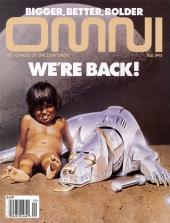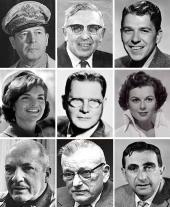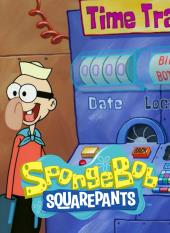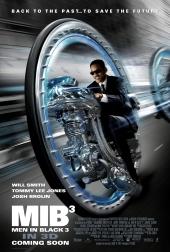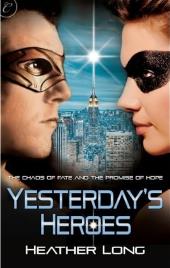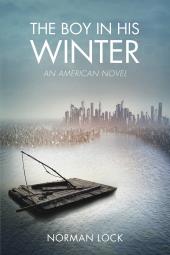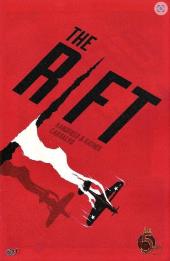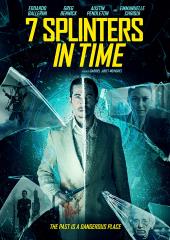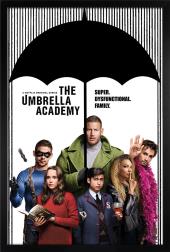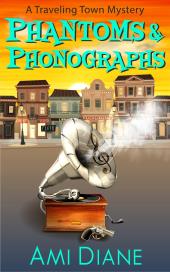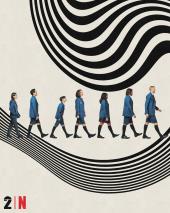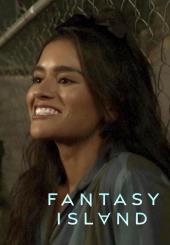Back in the 1880s, just after a man without conscience is dropped from a lone tree with a rope around his neck, a scientist pulls him into 20th-century New York City.
Serling wrote this script based on a
George Clayton Johnson’s bare bones, present-tense treatment for a TV script, complete with an indication of where the commercial break should go. For this episode,
Serling filled in the flesh and cut the fat from a bare bones, present-tense treatment by
George Clayton Johnson. The
treatment appeared in Johnson’s 1977 retrospective collection of scripts and stories, and in
Volume 9 of Serling’s collected Twilight Zone scripts, Johnson commented that “Rod took my idea and went off to the races with it. He had a remarkable knowledge of what would and wouldn’t work on television, and he took everything that wouldn’t work out of ‘Execution’. He worked like a surgeon; a little snip here, a complete amputation over there, move this bone into place, graft over that one. When he was done, my little story had grown into a television script that lived and breathed on its own.” Serling also added a nice twist at the end that, for us, warranted the TV episode an Eloi Honorable Mention.
Rod Serling wrote this script based on a
1960 Twilight Zone episode of the same name, but I’m uncertain whether the story was published before Johnson’s 1977 retrospective collection.
—Michael Main To hell with the law! For he had thought out the perfect crime. There could be no dangerous consequences. You can’t hang a man for murder with a body—a corpus delicti. For the first time in the history of crime, a murderer had at his disposal the sure means of ridding himself of his corpse.

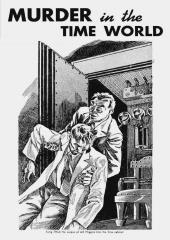
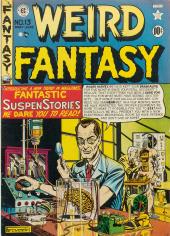

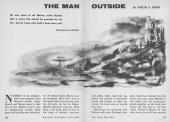
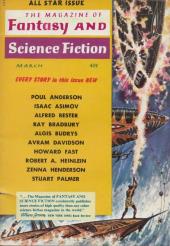
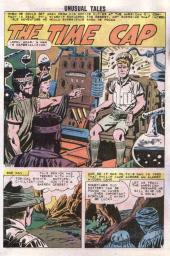
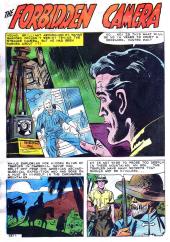
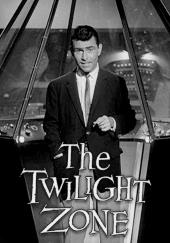
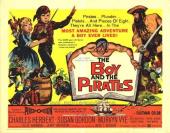
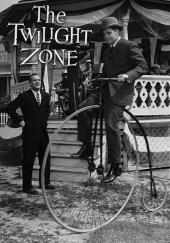

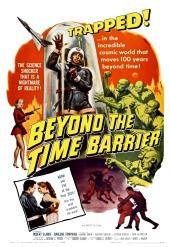
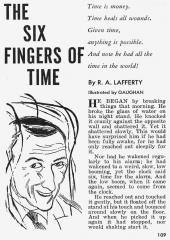
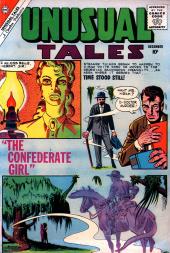
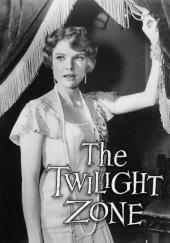


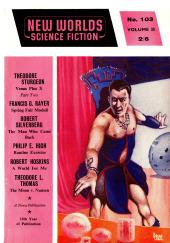
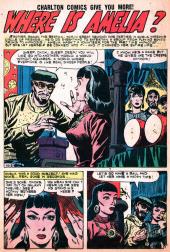
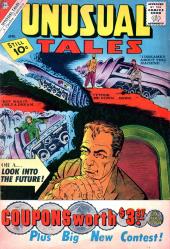
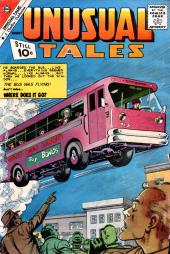
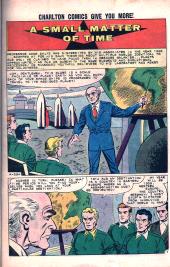
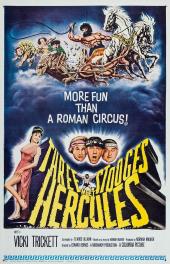
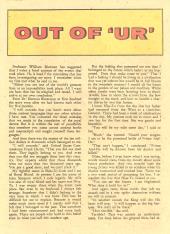
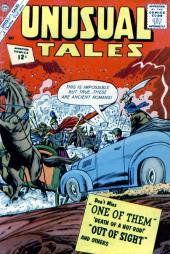
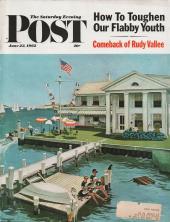
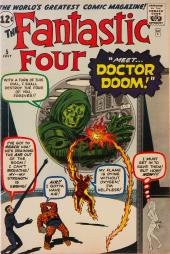
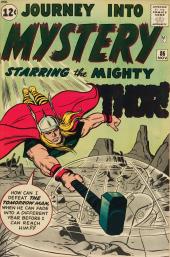
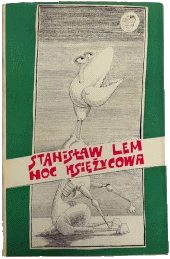
![Strange Tales #111 [alternative cover] Doctor Strange and Baron Mordo sit entranced beside the Ancient One,
while above them, their spirit images battle.](https://img.ittdb.com/000000/09/05S-09-000000.png)

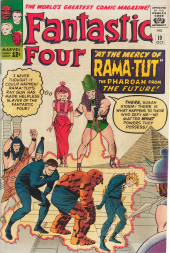
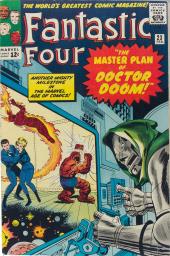
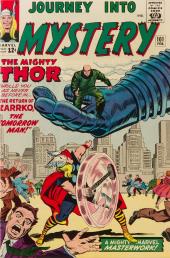
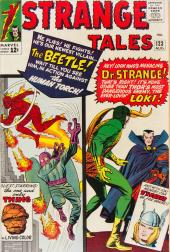

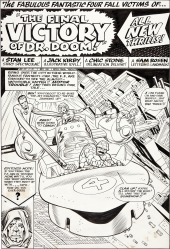
![Strange Tales #124 [alternative cover] The new menace of Paste-Pot Pete plasters the Human Torch and the Thing
to a wall.](https://img.ittdb.com/000000/09/13S-09-000000.png)
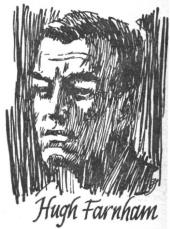

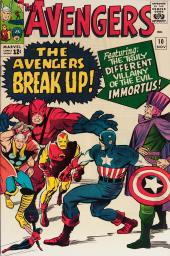
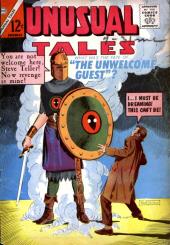
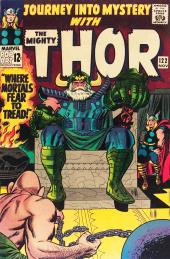

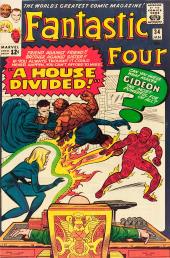
![Strange Tales #129 [alternative cover] A mesmerized Doctor Strange levitates three crystal balls containing
two images of Tiboro the tyrant and one of an idol.](https://img.ittdb.com/000000/09/16S-09-000000.png)
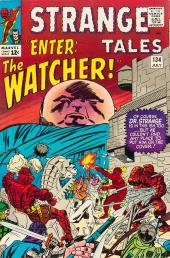
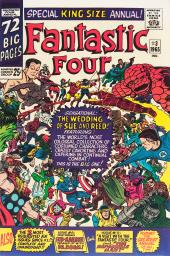
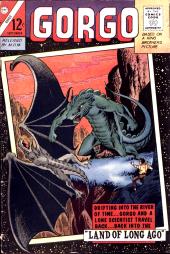
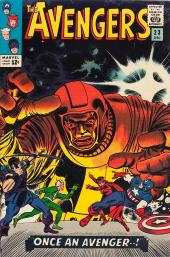

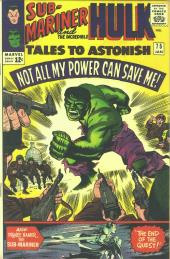

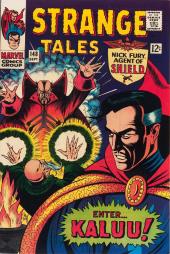
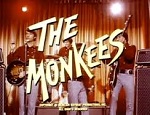
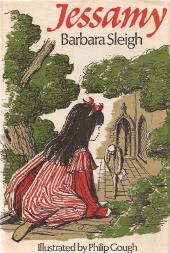
![Star Trek [s01e19]: Tomorrow Is Yesterday A view of the Enterprise above the clouds of 1969 Earth.](https://img.ittdb.com/000000/38/74S-38-000000.jpg)
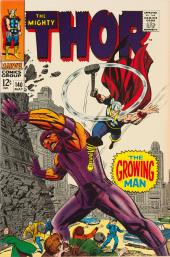
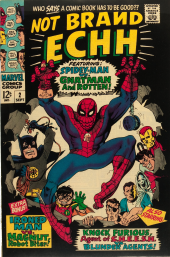

![Star Trek [s02e26]: Assignment: Earth In a light grey suit, Robert Lansing (as Gary Seven) lies on a catwalk with
steam in his face and a black cat on his back.](https://img.ittdb.com/000000/38/76S-38-000000.jpg)
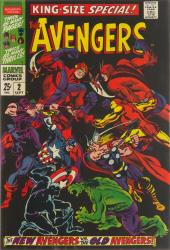
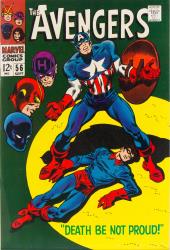
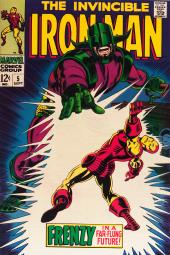
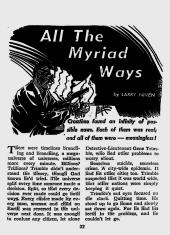

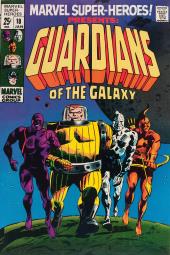
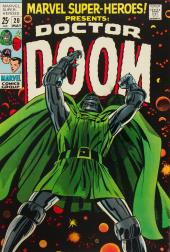

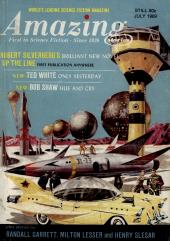

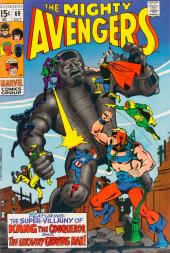

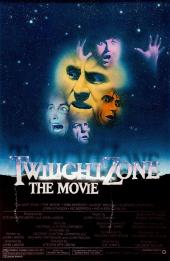
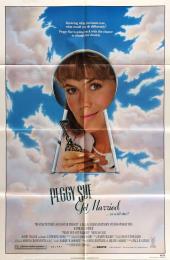
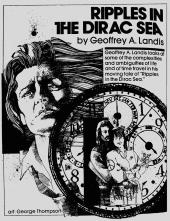
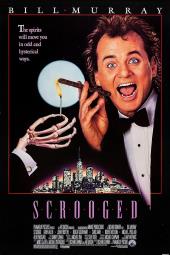
![Quantum Leap [s01e01-02]: Genesis A worried Scott Bakula (as Sam Beckett), dressed as a test pilot, stares out of
the small cockpit of the experimental X2 plane.](https://img.ittdb.com/000000/21/07S-21-000000.jpg)
![Quantum Leap [s01e06] Double Identity Dolled-up Terri Garber (as Teresa Pacci) leans back and reaches up to give
Scott Bakula (as Sam Beckett) a romantic kiss.](https://img.ittdb.com/000000/35/06S-35-000000.jpg)
![Quantum Leap [s01e08]: Camikazi Kid In the front seat of an old car, Holly Fields (as Jill) explains the workings
of a new dashboard gadget to Scott Bakula (as Sam Beckett).](https://img.ittdb.com/000000/35/08S-35-000000.jpg)
![Ray Bradbury Theater [s03e03]: The Lake Exactly half of a large sand castle with a trail of footprints looping around
it.](https://img.ittdb.com/000000/39/59S-39-000000.jpg)
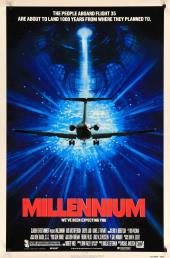
![Quantum Leap [s02e01]: Honeymoon Express Dean Stockton (as Admiral Al Calavicci) sits at attention in his dress-white
uniform.](https://img.ittdb.com/000000/35/10S-35-000000.jpg)
![Quantum Leap [s02e04]: What Price Gloria? A fed-up Scott Bakula (as Sam Beckett) sits at a dinner table wearing a fancy,
low-cut dress and frilly hat.](https://img.ittdb.com/000000/35/13S-35-000000.jpg)
![Quantum Leap [s02e05]: Blind Faith In a tux and sunglasses, Scott Bakula (as Sam Beckett) sits at a concert piano
while Dean Stockton (as Al) holds his sheet music.](https://img.ittdb.com/000000/35/14S-35-000000.jpg)
